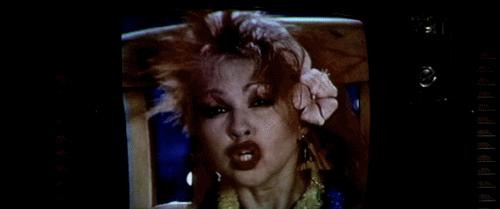Download links for: A Short Life of Trouble: Forty Years in the New York Art World


Reviews (see all)
Write review
Engaging and sympathetic, although not the best written memoir. Really needed more art world gossip.
best book ever. she gave me courage and inspiration tocontinue on. what an amazing life!
A Short Life of Trouble: Forty Years in the New York Art World by Marcia Tucker (2008)
Watch Marcia Tucker kick an art world's ass.
Other books by Memoir & Autobiography
Related articles












